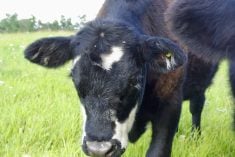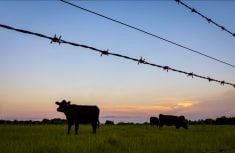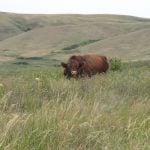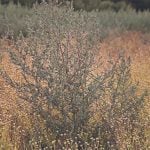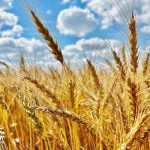COVID-19 changed the world. It changed perceptions in animal care, human responsibilities regarding animal health management and how humans will think about their own health down the road.
Opinions on what the future offers vary widely between individuals. Personal opinion, level of understanding about issues and acceptance of what’s right and what’s wrong in the world always enters the fray. Concurrence grows dim on many things, made worse by something like a pandemic.
The Independent Panel for Pandemic Preparedness and Response (World Health Organization) published a report: COVID-19 — Make it the last pandemic. Conclusions include: the alert system responded too slowly, WHO stood unprepared and global political leadership went missing. The report said COVID-19 has been a terrible wake-up call and the 21st century’s “Chernobyl Moment.” The system, as it stands now, is unfit to prevent the emergence of another novel and highly infectious pathogen, which could happen anytime.
Read Also
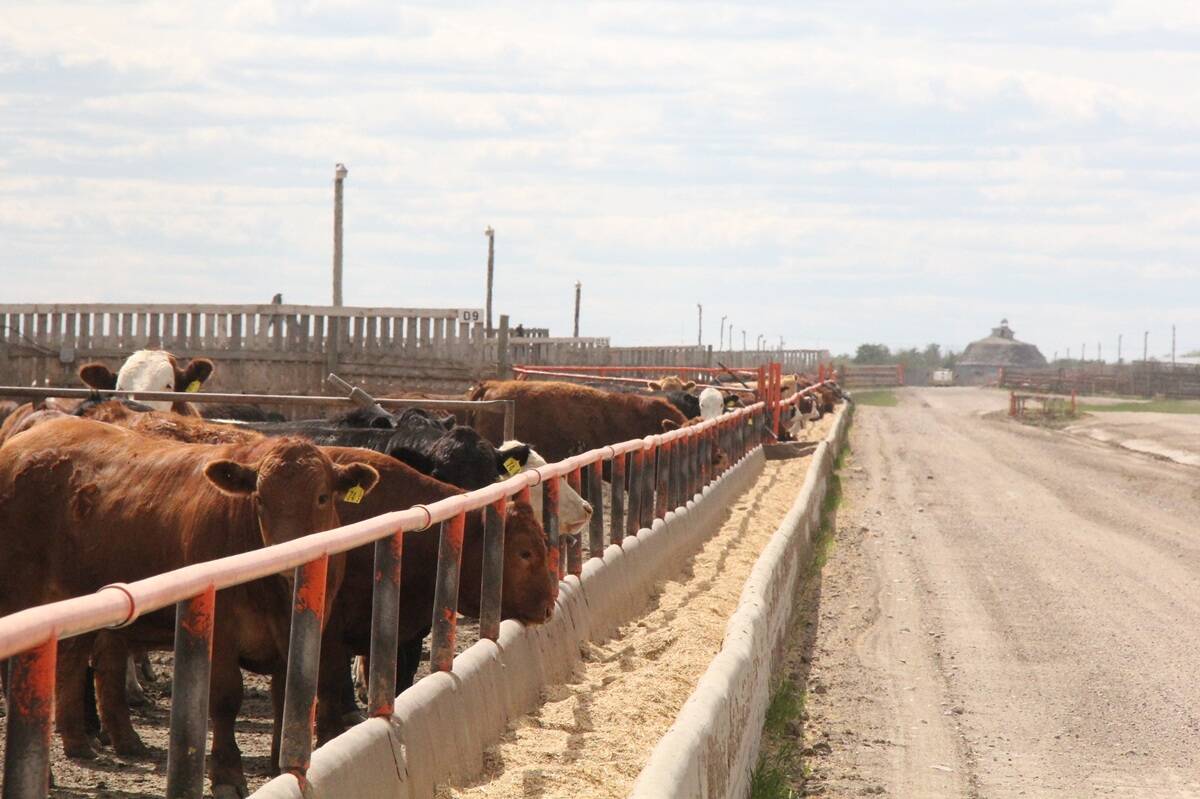
Unwinding the fibre in feedlot cattle diets
Research into how barley rolling method and undigestible NDF levels affect animal performance and digestive health in finishing diets
Recently, scientists declared monkeypox a health emergency and worried it could become a potential pandemic, while China disclosed that dozens of people have been infected with a new Langya virus carried by shrews. On the animal side, African swine fever (ASF) has caused billions in damage to the global swine industry. The continuing spread of ASF outside Africa in Europe, the Russian Federation, China, Mongolia and Vietnam heightens awareness of the threat to a worldwide industry. Also endangered is food security where pork is a staple protein for billions of people.
The COVID-19 pandemic highlights that we exist in a global community. From a single city, COVID-19 spread to 188 countries across the world. Decades of modelling pandemics turned out to be wrong. Clusters of cases among workers in meat processing plants evolved quickly to affect human, animal and environmental welfare in several countries. COVID-19 spread rapidly between workers. Lack of sick leave and health insurance meant people worked while infectious.
[RELATED] The role animals play in pandemics
Processing plants in North America shut down due to major outbreaks, putting pressure especially on pig and poultry industries. At one point, there was a 45 percent reduction in pig processing capacity, meaning about 250,000 slaughter-weight pigs had nowhere to go. The results: longer transport distances to plants with extra capacity and overcrowding of animals on farms. Producers were encouraged to slow growth rates, but some had to cull animals in ways that likely included suffering and caused considerable upset to owners and workers. Carcass disposal is often associated with biosecurity risks and detrimental environmental effects. It became a “One Welfare” issue affecting human, animal and environmental welfare, highlighting the fragility of intensive, high-throughput livestock production systems. (Frontiers of Veterinary Science, September 2020).
Mass depopulation has a crippling effect. Killing healthy animals comes with associated human welfare aftereffects — distress, bereavement, fear of new disasters, and loss of trust in authority and control systems.
It also had significant effects on international trade. Facilitating safe trade of animals and animal products in line with International Animal Health (OIE) Standards is crucial for vulnerable populations. OIE took the unusual step of asking countries to forgo enforcement of sanitary restrictions specifically linked to COVID-19 unless scientific evidence indicated otherwise.
Human activities such as intensive deforestation and wildlife trade affect ecosystem health. Spillover events linked to poorly regulated wildlife trade (SARS and Ebola virus) result in socio-economic crises. Considering COVID-19 possibly originated from wildlife, it became crucial to address spillover risk at the human-livestock-ecosystems interface. Despite lack of corroborating background knowledge, OIE highlighted the need to support legal, sustainable and responsible wildlife use.
COVID-19 awoke the need for One Health collaboration. Though late in coming, a multisectoral approach between animal and human health emerged. Stable and sustainable control strategies require human and veterinary resources to work together.
Beyond collaborative research activities, the animal health sector contributed in various ways to a common pandemic response. Provision of testing capacity by animal health laboratories or donation of essential materials such as personal protective equipment and ventilators were examples. Dr. Donald Noah, veterinary epidemiologist speaking on behalf of the American Veterinary Medical Association, said, “Zoonotic pathogens don’t perceive species differences. They don’t perceive geographic boundaries. The problem is disease surveillance and response systems are siloed between the human, veterinary and environmental communities.”
COVID-19 created a virtual world through such things as telemedicine and health precautions that eliminated direct contact between clients and veterinarians. The virtual world made meeting all conditions of Veterinary-Client-Patient-Relationships (VCPR) difficult. The VCPR is at the core of veterinary medicine practice. Establishing a VCPR through telemedicine became the “elephant in the room” for purposes of extra-label drug use, writing veterinary feed directives, emergency farm calls and prescription drug sales. Questions arose as to whether a virtual VCPR can be established or maintained. During the COVID-19 pandemic, government authorities and veterinary licensing boards across North America altered their definitions of the VCPR to facilitate telemedicine use.
Noah isn’t surprised a novel zoonotic virus is responsible for the current pandemic. “Something like this was going to happen and it will happen again,” said Noah. “Even when the COVID-19 pandemic is over, we’re not going to be able to wash our hands of this, literally or figuratively. The ongoing expansion of human populations into wildlife habitats means more frequent human-animal interactions that make exposure to a new zoonotic disease more likely.”
Only One Health legislation will change what presently exists.







